Jessica Shea Choksey | Nov 09, 2020
Vehicle alignment refers to a mechanical procedure that adjusts the suspension to its proper configuration, correctly positioning the axles and wheels to allow the tires to make even contact with the road surface. It also ensures that a vehicle's wheels are "squared up" to one another.
A vehicle comes out of alignment gradually over time from treading over minor imperfections on the roadway. Or, it can happen suddenly from a single impact such as driving over a deep pothole or curb. Outside of such an occurrence, you should perform an alignment on your vehicle at regular intervals, as directed by the owner's manual.
When a suspension is out of alignment, the effects are evident. The vehicle may pull to one side, suffer from uneven tire tread wear, and feel less precise in terms of steering. If you disregard these symptoms, the alignment can progressively worsen and affect the vehicle's overall handling dynamics and safety.
Want to Take Action?
Want to Take Action?
Shop Cars for Sale Online
Want to Dive Deeper?
Want to Dive Deeper?
Compare Cars Online
WANT TO MAXIMIZE YOUR PURCHASING POWER?
WANT TO MAXIMIZE YOUR PURCHASING POWER?
Find Local Incentives and Rebates on New Cars
Thank You
You are now subscribed to the J.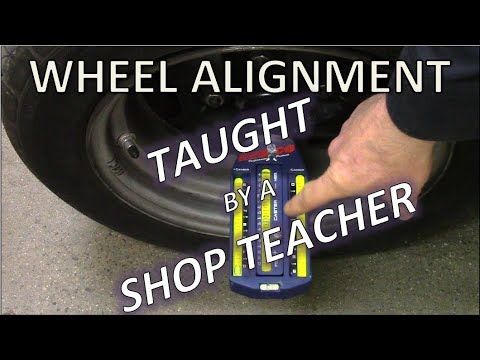 D. Power Cars Newsletter.
D. Power Cars Newsletter.
Explore new car previews
2023 Honda Pilot Preview
The fourth-generation 2023 Honda Pilot is about to go on sale, and Honda substantially upgrades it over the popular third-generation model it replaces. Honda will offer the redesigned 2023 Pilot in Sport, EX-L, TrailSport, Touring, and Elite trim levels in December 2022.
Read the full review
2023 Honda Accord Preview
The 2023 Accord is the 11th-generation version of the car that first went on sale in America in 1976, and it is a far different vehicle from the one that made the nameplate a household name.
Read the full review
2023 Ford F-Series Super Duty Preview
F-Series Super Duty trucks got what they needed for the 2023 model year. Ford announced a more powerful line of heavy-duty trucks with a load of available new tech, great standard safety features, and unique upfits to make the trucks more appropriate for specific industries.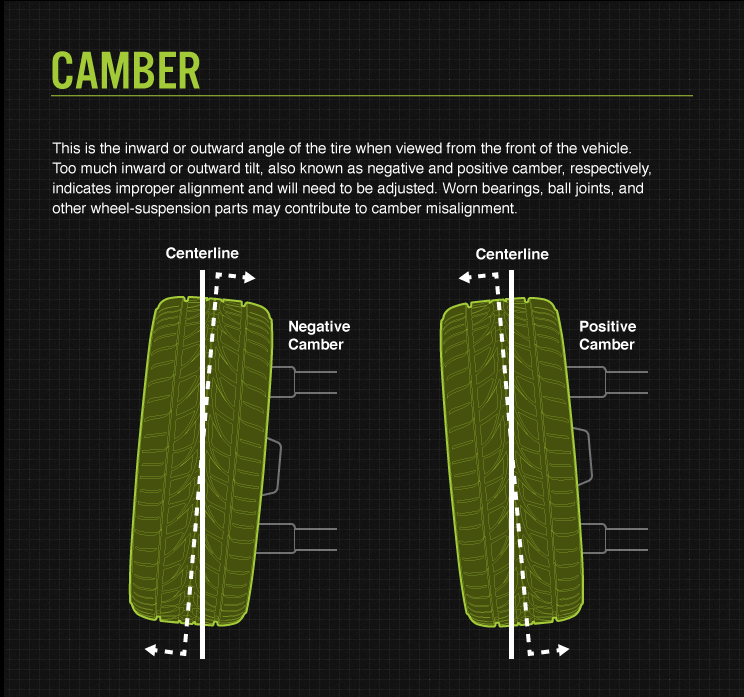
Read the full review
Read all articles
Tire alignment, also known as wheel alignment, can help your tires perform properly and help them last longer. It can also improve handling and keep your vehicle from pulling in one direction or vibrating strangely on the road.
Alignment refers to an adjustment of a vehicle’s suspension – the system that connects a vehicle to its wheels. It is not an adjustment of the tires or wheels themselves. The key to proper alignment is adjusting the angles of the tires which affects how they make contact with the road.
There are a couple ways to tell if your car needs a tire alignment. If you've noticed one or more of these indicators, you should have your alignment checked by a licensed service technician immediately.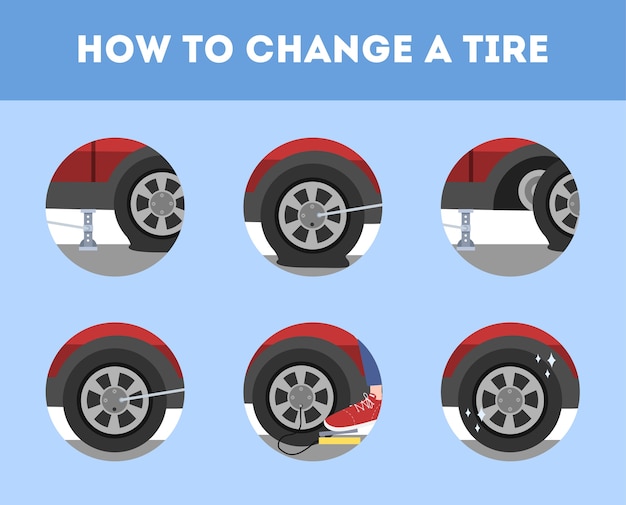
Uneven tread wear
Vehicle pulling to the left or right
Your steering wheel is off center when driving straight
Steering wheel vibration
When a technician checks your tire alignment, he or she is mainly concerned with three things:
This is the inward or outward angle of the tire when viewed from the front of the vehicle. Too much inward or outward tilt, also known as negative and positive camber, respectively, indicates improper alignment and will need to be adjusted. Worn bearings, ball joints, and other wheel-suspension parts may contribute to camber misalignment.
Distinct from camber alignment, toe alignment is the extent to which your tires turn inward or outward when viewed from above. If that’s confusing, just stand up and look down at your feet. Angle them inward toward the center of your body. When the tires on your car are angled the same way (remember, we’re thinking in terms of birds-eye-view), we call this toe-in alignment. Angle your feet outward and you have toe-out alignment. Both require adjustment.
Angle your feet outward and you have toe-out alignment. Both require adjustment.
Your caster angle helps balance steering, stability, and cornering. Specifically, it’s the angle of your steering axis when viewed from the side of your vehicle. If you have positive caster, the steering axis will tilt toward the driver. Negative caster, on the other hand, means the steering axis tilts toward the front of your vehicle.
Improper wheel or tire alignment can cause your tires to wear unevenly and prematurely. Here are some specific types of undue tread wear attributable to misalignment:
Tires are “feathered” when the tread is smooth on one side and sharp on another. This is usually a sign of poor toe alignment.
This strain of tread wear means the inside or outside of the tread is significantly more worn than the center of the tread. As its name implies, positive or negative camber causes this type of wear.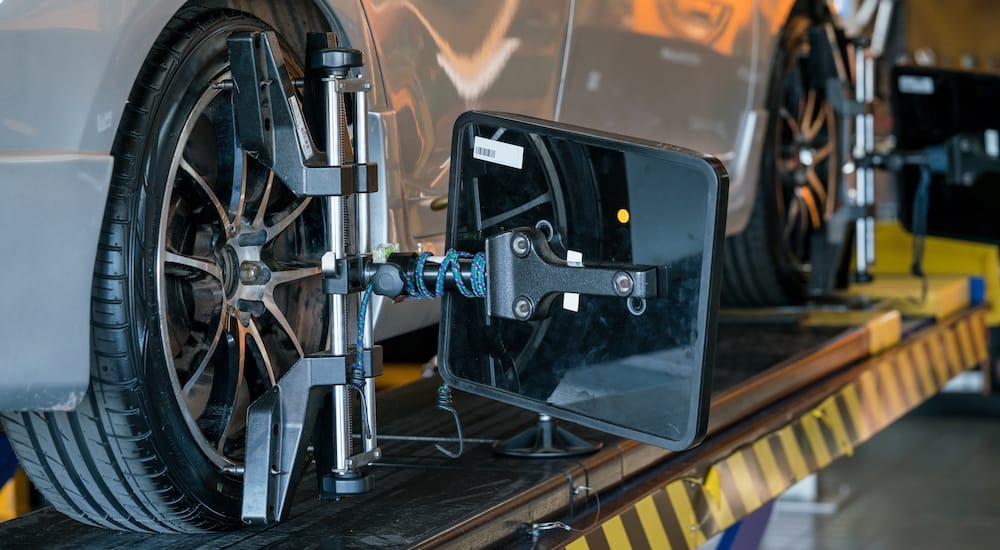
This happens when one side of your tread blocks wears down more quickly than the other in a circumferential direction. When you run your hand over the tread, it will look and feel like saw teeth when viewed from the side. Heel/toe wear could be a sign of under inflation and/or lack of rotation.
If you’re experiencing any of these unusual wear patterns, you should have a technician check your alignment. While tire wear prevention is a good reason to keep your wheel alignment in check, the consequences of misalignment can also play out in overall vehicle performance. A car that pulls to one side or steers erratically, for example, probably has an alignment problem.
Distinct from tire alignment, tire or wheel balancing refers to compensation for any weight imbalances in the tire/wheel combination and is often performed in conjunction with wheel alignment. There are two basic types of tire/wheel imbalance that need correction – static (single plane) and dynamic (dual plane).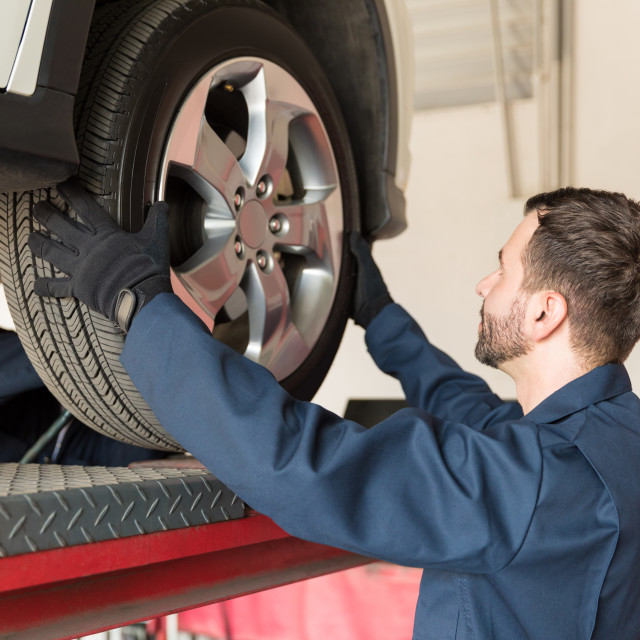
Static balance addresses balance on only one plane – vertical movement which can cause vibration. A dynamic imbalance, on the other hand, addresses balance in two planes – vertical movement and lateral movement . Both types of imbalance require the use of a special balancing machine to help even things out.
To begin balancing your tires, a technician will mount them on the correct rims and adjust the pressure to optimal inflation. Then each tire goes on the center bore of a balancing machine. The machine spins the tire at a high speed to measure the wheel/tire combination imbalance. It signals how much weight the tech should add to balance out the tire and the areas where said weight is needed.
Tire balancing is essential for proper tire care for the same reason as wheel alignment: prevention of premature tread wear. Having tires aligned and balanced every 5,000 to 6,000 miles can help maximize their lifespan and overall performance.
Correct Tire alignment it is important to avoid excessive wear on tires and vehicle parts.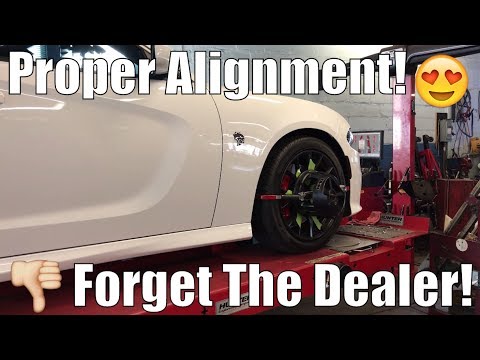 Poor tire alignment can reduce your MPG, make the wheels run against each other and wear down the tires causing bad tread wear patterns. Here are some signs that suggest you need an alignment fix.
Poor tire alignment can reduce your MPG, make the wheels run against each other and wear down the tires causing bad tread wear patterns. Here are some signs that suggest you need an alignment fix.
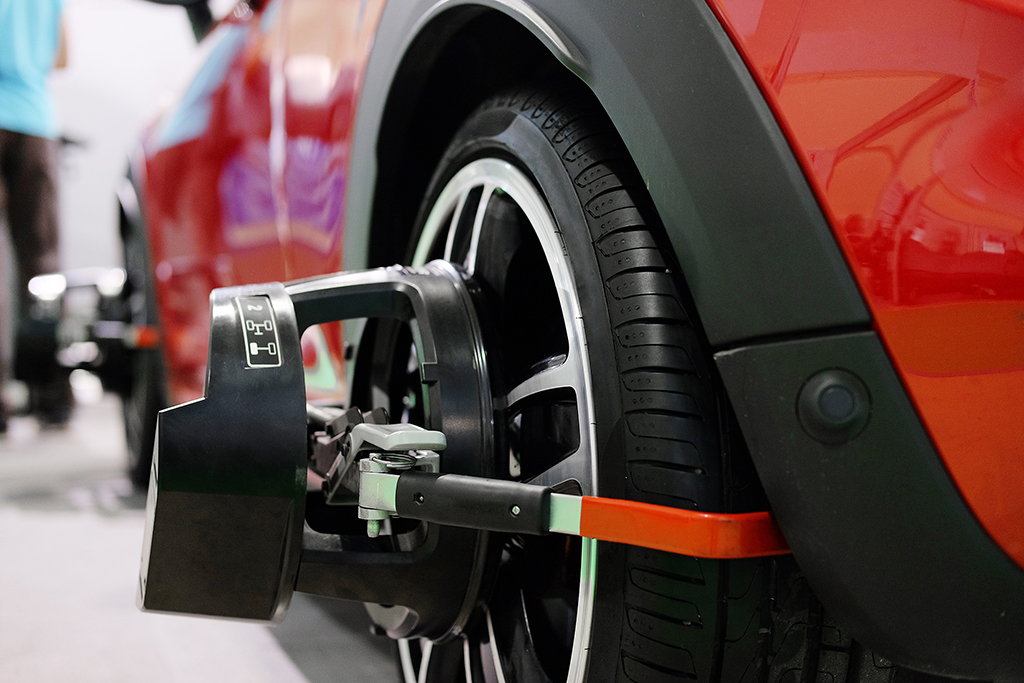 This is also a sign of an alignment problem.
This is also a sign of an alignment problem. Poor tire alignment can lead to a wide variety of problems on a vehicle. Here are some of the reasons why it's not a good idea to keep driving without a good tire alignment from a professional shop.
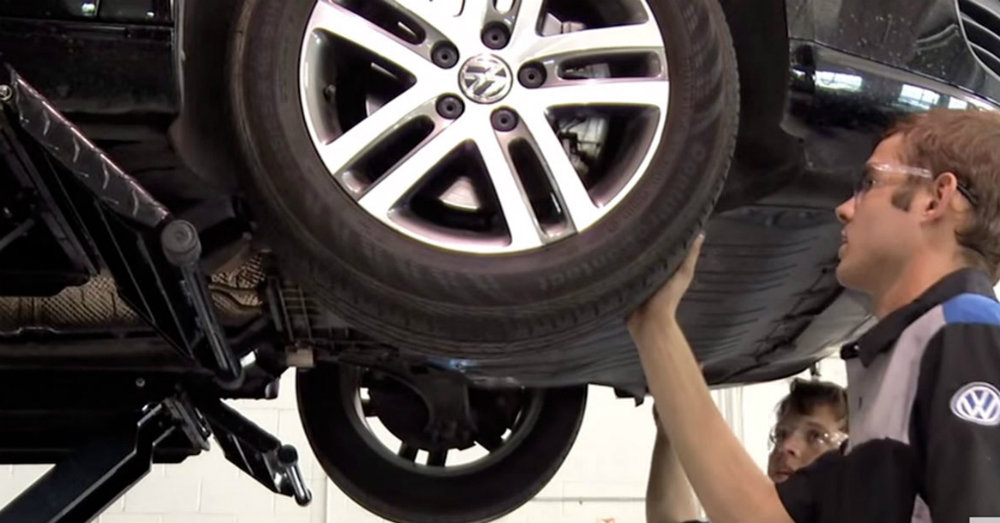
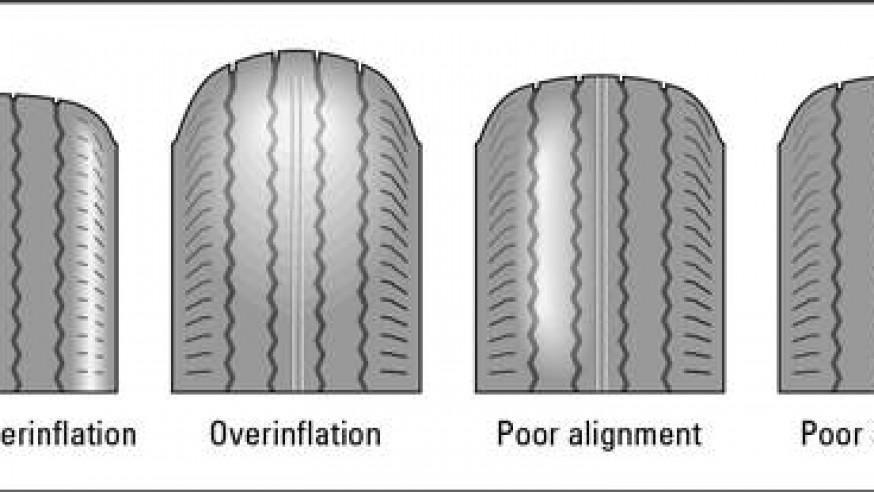
Learn more about wheels and tires & gt; >
The Auto FLPER dealership websites provide a range of tire alignment prices. It breaks down into categories:
 This includes aligning all four wheels on the car. This ranges from $50 to $95 based on the local market.
This includes aligning all four wheels on the car. This ranges from $50 to $95 based on the local market. To understand wheel alignment, we must understand the terms used and what they mean.
Bagabar refers to the angle of the wheel. The measurement is calculated in degrees. Looking at the front of the car, if the wheel leans outward, this is positive selection. If the wheel rests on , this is a negative decay. When the tube for a wheel is not true or dead in the center, it results in uneven tire wear, which causes the tires to pull to one side or the other.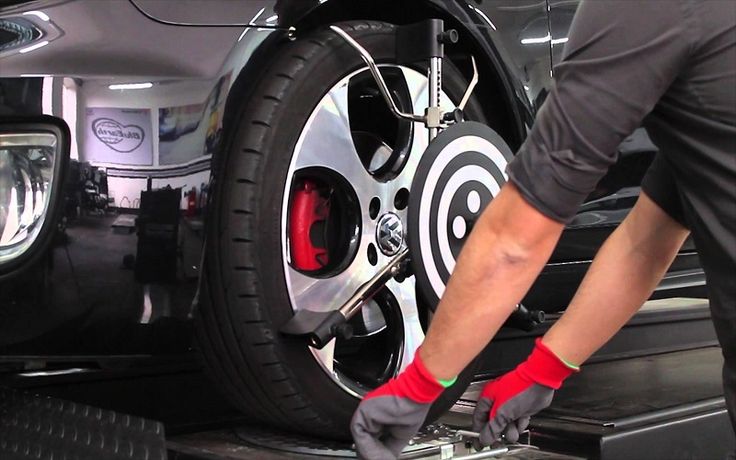 Some front wheel drive vehicles cannot be adjusted for CURBER, so if the switch is turned off for this type, it means that some part is worn or broken in the suspension system and needs to be repaired.
Some front wheel drive vehicles cannot be adjusted for CURBER, so if the switch is turned off for this type, it means that some part is worn or broken in the suspension system and needs to be repaired.
When the steering wheel is not turned, the front wheels will turn the turn. This pivot is attached to the suspension system. The angle of this pivot is calculated in degrees, which is called the caster. If you look at yours from one side and the top of the pivot is leaning towards the back of yours, this is a positive caster. When the top of the turn rests on the front, it is in negative spell. When the wheel caster is turned off, it causes the track to not track properly when moving straight. This can cause the steering to be too light or too heavy, making it difficult to control. The caster is also not usually adjustable on front wheel drive cars. When the caster is turned off on these cars, there is some part in the suspension that needs to be repaired.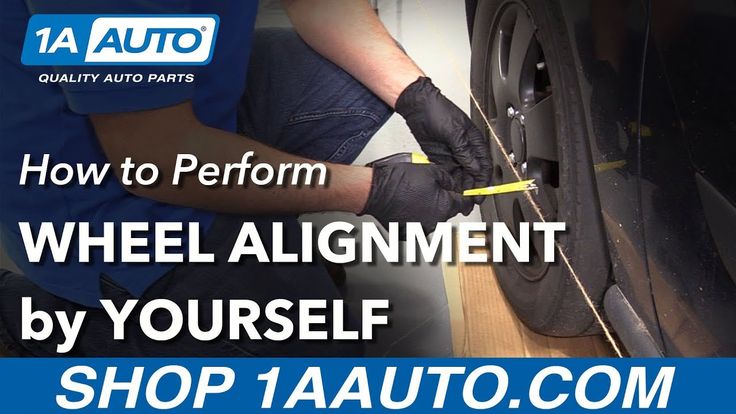
The "TOE" of yours is how far the front of the tire is to the rear. When your foot tire is in this, it means that the front of the tires are closer than the back of the tires. When considering the front tires, if your tire resembles a triangle in its relationship to each other with a slight ending towards you, yours is a sock. If the triangle has a small end towards the back of the car, then that means it's the feet. Your tires should be even apart, forming a square. When the tires are worn in or out, it will cause them to wear quickly. The sock is regulated on all types of cars.
It's very rare for the poor Tire alignment cause loud tire road noise.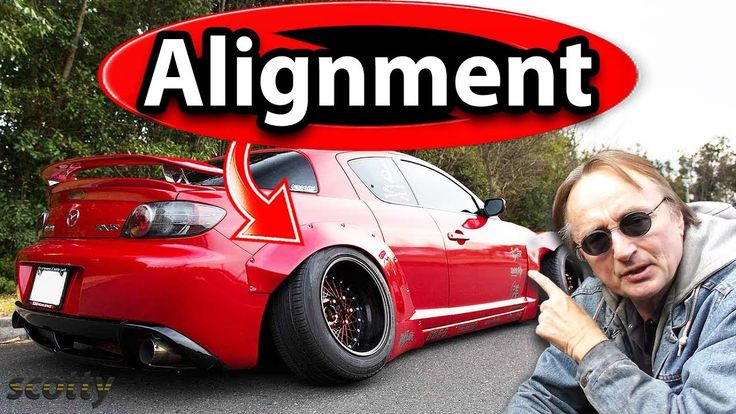 It would mean a very serious problem in your alignment if she got to this point. Tire alignment basically means that your tires are straight in relation to each other, and for them to curve enough to make a loud noise on the road, indicates a serious situation. Poor tire alignment was confirmed by drifting while driving, where it seemed to pull to one side or the wheels were noticeably off-center. If left unattended, poor alignment will result in uneven wear on your tires, and it remains an extremely rare occurrence to have loud noise from your tires due to poor alignment.
It would mean a very serious problem in your alignment if she got to this point. Tire alignment basically means that your tires are straight in relation to each other, and for them to curve enough to make a loud noise on the road, indicates a serious situation. Poor tire alignment was confirmed by drifting while driving, where it seemed to pull to one side or the wheels were noticeably off-center. If left unattended, poor alignment will result in uneven wear on your tires, and it remains an extremely rare occurrence to have loud noise from your tires due to poor alignment.
That Tire Alignment Price The fees you pay will vary depending on the alignment performed and location. The recommended alignment is four wheels and you have to make sure this is what you get as you can charge less for front wheel alignment or traction alignment which is only required about the rear axle. A price ranging from $60 to $85 is reasonable, depending on various factors. Most mechanics will start quoting a higher price than their final offer. Negotiate a price and get the best deal. Anyone asking for more than 9$0 is too expensive and you should look elsewhere.
A price ranging from $60 to $85 is reasonable, depending on various factors. Most mechanics will start quoting a higher price than their final offer. Negotiate a price and get the best deal. Anyone asking for more than 9$0 is too expensive and you should look elsewhere.
Tire alignment costs will vary depending on the type you are leveling. For example, if you were to align a Smart, the cost of the alignment might be less than if you were trying to align the latest Cadillac CTS. It's a matter of cost and a Truck, on the other hand, will likely cost even more to level up. Especially if it's a 4x4, because not only do you have full front end alignment to take care of (head helm, top arm, top/bottom struts, steering assembly, etc.), you would also have to make sure the driver's wheels on the rear four wheel drive also works correctly.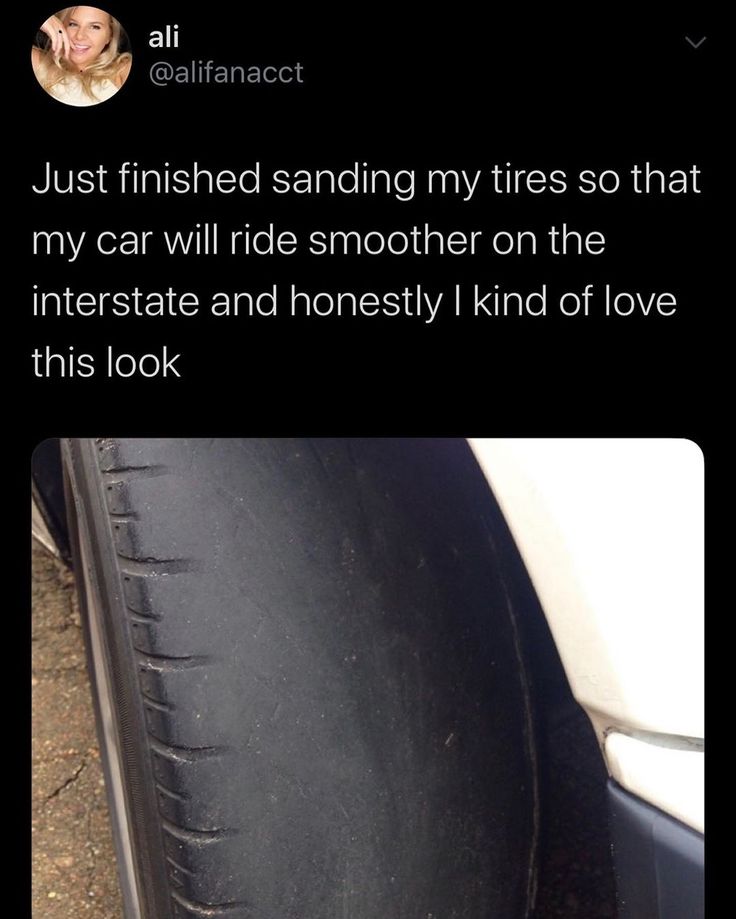 This may cost you more than you think.
This may cost you more than you think.
A. Rear Tire Alignment will tend to be less expensive than external alignment for one reason, complexity. In the back alignment, you still set Toe-Out and Toe-In, but that's about it. You will have to make some minor suspension adjustments, but these can be achieved with a wrench. If you need to insert rear shims (spacers) to bring your rear end into alignment, a wrench will do. The front end, with its leg/TOE-in, mounting mounts, handlebars and the like, is more active as one thing influences the other. So a front alignment will actually be a more costly alignment.
Rather than tire vibration Engine vibration is easy to determine. First, look at the red light and look at the tach if yours has one. If the engine refuses to settle down and the idle level goes from 800 rpm to 2600 rpm, you can be sure you have an engine idle problem. If you have tire vibration, you won't notice it until you're at speed. Once you've hit cruising speed, you'll probably feel a vibration in the steering wheel. Holding it with one hand will just confirm it. If it's tire vibration, it could indicate tire wear or a problem. It may also indicate that your crankshaft may be slightly out of alignment, or it may simply be resonance with the roadway.
First, look at the red light and look at the tach if yours has one. If the engine refuses to settle down and the idle level goes from 800 rpm to 2600 rpm, you can be sure you have an engine idle problem. If you have tire vibration, you won't notice it until you're at speed. Once you've hit cruising speed, you'll probably feel a vibration in the steering wheel. Holding it with one hand will just confirm it. If it's tire vibration, it could indicate tire wear or a problem. It may also indicate that your crankshaft may be slightly out of alignment, or it may simply be resonance with the roadway.
Exceed and under more likely signs of poorly maintained tires than signs of poor tire alignment.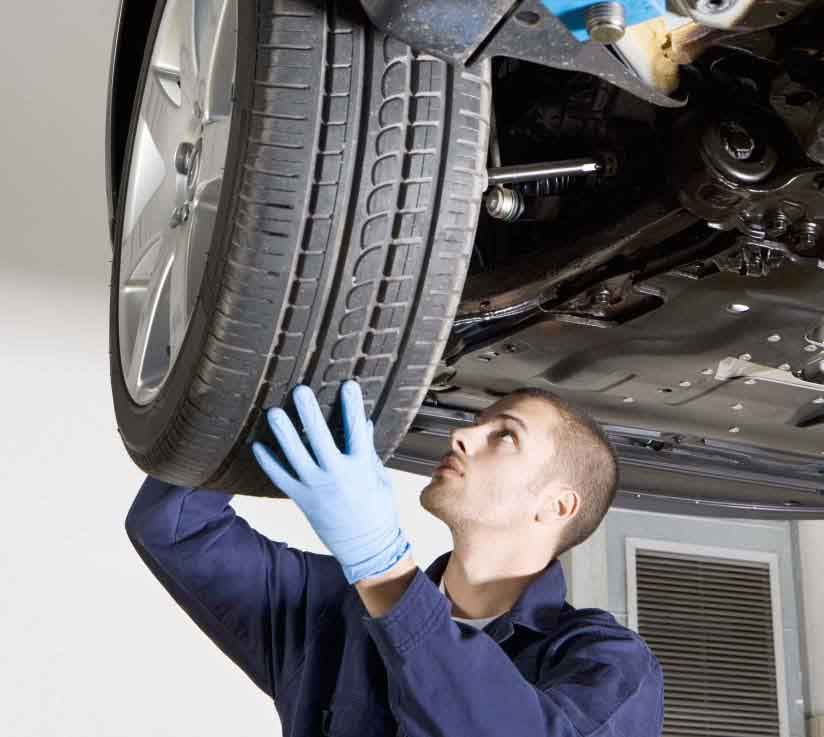 Poorly maintained tires must be treated for safety reasons. On the other hand, alignment shows up in the circuitry in the front and rear tires. If you find such a purchase, give your tires a shake to see if they have a game in them. If there is, chances are good, TOE-In and Toe-Out should be reset like find weapons do. Once this is completed, yours is ready to roll. However, keep an eye on the condition of your tires and keep them in good shape.
Poorly maintained tires must be treated for safety reasons. On the other hand, alignment shows up in the circuitry in the front and rear tires. If you find such a purchase, give your tires a shake to see if they have a game in them. If there is, chances are good, TOE-In and Toe-Out should be reset like find weapons do. Once this is completed, yours is ready to roll. However, keep an eye on the condition of your tires and keep them in good shape.
Tires are the car's only connection to the road. To prolong their service life, change tires in places.
Cars are rear-wheel drive, like the BMW 5 series and Mercedes C-class, front-wheel drive, like the Toyota Prius and all-wheel drive, these are mainly jeeps like the VW Touareg. If the car is front-wheel drive, the engine torque is transmitted to the front wheels, in rear-wheel drive to the rear wheels, and in full to both the front and rear wheels at the same time.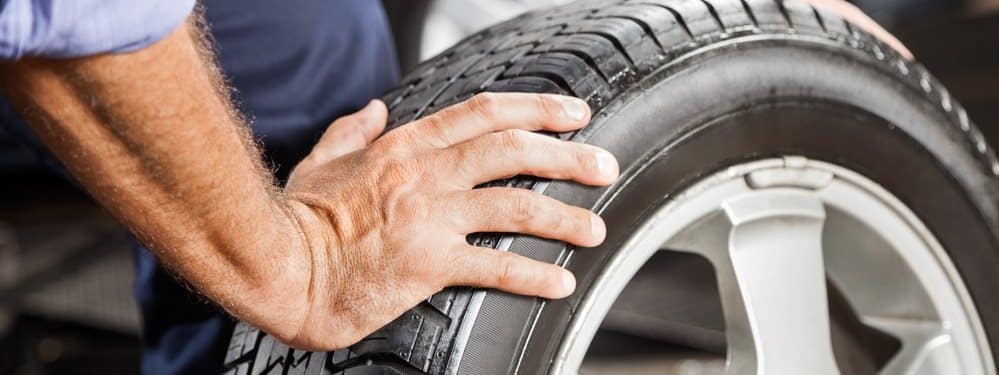 Depending on the drive of the car - front, rear or full, tires will wear out at different rates. The main load falls on the drive wheels - they have more friction force when starting the car and braking, which means they wear out faster. At the same time, the wheels in front also experience additional load from the weight of the engine and gearbox, standing in front of the car.
Depending on the drive of the car - front, rear or full, tires will wear out at different rates. The main load falls on the drive wheels - they have more friction force when starting the car and braking, which means they wear out faster. At the same time, the wheels in front also experience additional load from the weight of the engine and gearbox, standing in front of the car.
By swapping tires, their wear is evened out and the service life is extended. It is recommended to change them every 5000 - 8000 kilometers, or at least every time the oil in the car engine changes. If the vehicle is driven only on weekends, change tires at least once every six months.
First remove the wheels and check that they are not worn to holes, bumps or damage. Check if the rims are not deformed from strong impacts when they hit a pothole on the asphalt. Most often, the deformation occurs on the inside of the rim. From driving fast on a bad road, the disc can become egg-shaped - this is not noticeable to the naked eye. Curved rims cannot be balanced, so ask for the wheels to be balanced when replacing them at the tire shop, if the rim is bent, the master will report this and offer to align the rims for an additional fee.
Curved rims cannot be balanced, so ask for the wheels to be balanced when replacing them at the tire shop, if the rim is bent, the master will report this and offer to align the rims for an additional fee.
During inspection of tires, uneven wear may be observed, i.e. uneven tread wear in different places (see picture). This is more common in older vehicles with suspension systems that wear out and need to be repaired, with frequent aggressive braking and misaligned wheels. The tire does not face straight, so the tread wears unevenly, which affects steering and the vehicle's ability to brake. If the tread is unevenly worn on the inside or outside, the machine probably needs to be aligned. Read how to do it yourself here. It is recommended to check the wheel alignment every 30 thousand kilometers.
Wavy sidewall - a bulge on the side of a tire - can result from falling into a deep hole. The tire is pinched, a rupture occurs inside and air enters the rubber layers, as a result, a bump comes out. Left unattended, a bulge in a wheel can lead to a puncture or sudden deflation, resulting in loss of control and an accident.
Left unattended, a bulge in a wheel can lead to a puncture or sudden deflation, resulting in loss of control and an accident.
There are three ways to swap tires. They are only suitable for cars with wheels of the same size and one season. Tires should not be unidirectional, that is, not those that are placed in a certain direction indicated by the manufacturer on the sidewall, based on the tread pattern. If a unidirectional tire is installed incorrectly and it rotates in the opposite direction, this will lead to its rapid wear and damage to the car's ride.
Replacement scheme for front-wheel drive vehicles: front tires are placed back on the same side, and the rear tires are placed in the opposite front corner, for example, the right rear is placed in place of the left front.
Replacing scheme for rear-wheel drive vehicles: rear tires are placed forward on the same side, and the front tires are placed in the opposite rear corner, for example, the right front is placed in place of the left rear.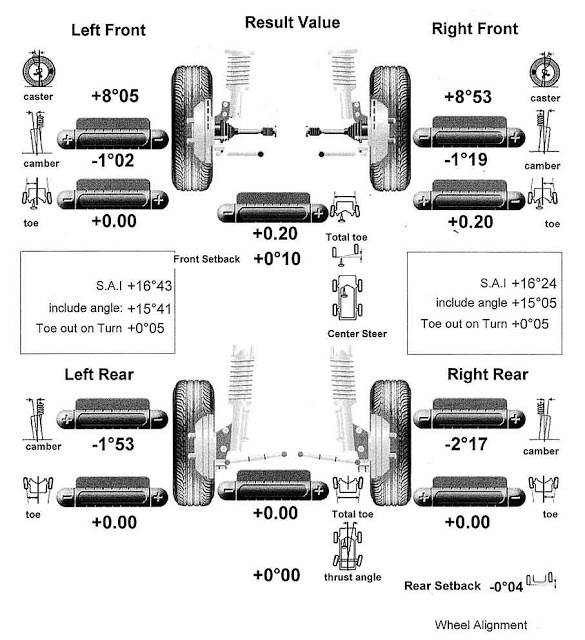
4WD replacement scheme: crosswise all four tires - right front to left rear, left front to right rear, left rear to right front and right rear to left front.
A four-wheel drive car does not mean that tires do not need to be swapped. There is a misconception that on all-wheel drive vehicles, the tread wears out evenly. It is not true. All-wheel drive systems do not always drive all wheels. Transfer cases and electronically controlled differentials can switch power between the front and rear wheels, depending on road conditions and the drive mode the driver has selected. The difference in vehicle weight between front and rear also affects tire wear.
Separately, we dwell on the rule of swapping tires of different sizes (for example, in tuned versions of the BMW 5 Series, the rear tires are placed wider than the front) and unidirectional tires, which should only rotate in a certain direction. If the wheels are of different sizes, then you need to change them from right to left, and left to right.